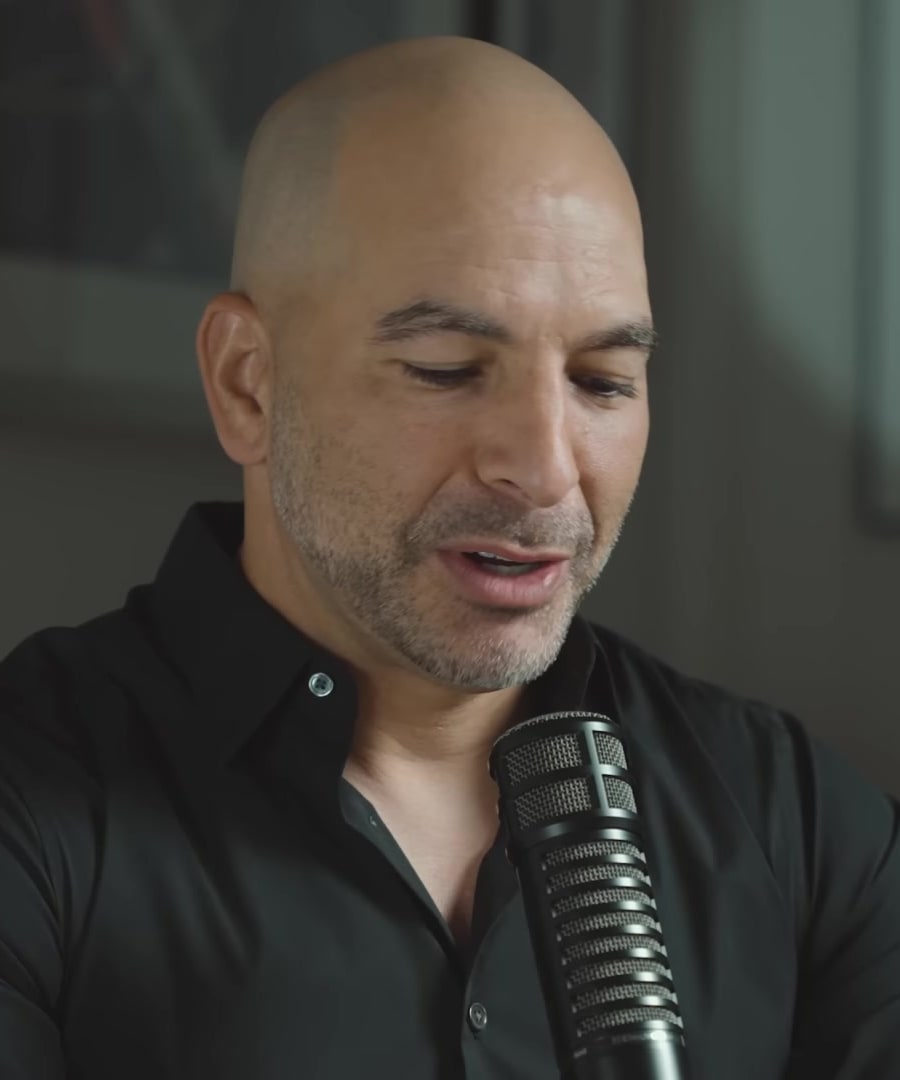Summarize episode Journal Club with Dr. Peter Attia | Effects of Light & Dark on Mental Health & Treatments for Cancer
Sources:
In the episode , the central discussion involves the effects of light and dark exposure on mental health, with a focus on a paper that examined this relationship among over 85,000 people. This episode delves deep into how both daytime light exposure and nighttime dark exposure independently influence mental health. discusses the effectiveness of light therapy for Seasonal Affective Disorder and explores how the type of light exposure can manipulate our circadian rhythm, potentially impacting our sleep patterns and mood 1.
The podcast episode also touches upon immune responses to viruses, the roles of antibodies and the physical barriers that protect against infection, as well as how different levels of immune response can affect overall well-being 2.
Additionally, this Journal Club episode with covers the power of light at a molecular level and the evolutionary development of our sensitivity to light 3. The intricate dance between light, mental health, and potential causality is also discussed, taking into account both the direct effects of light and behavioral factors that may influence exposure 4 5.
Furthermore, the podcast episode addresses treatments for cancer, focusing on immunotherapy, the immune system's recognition of cancer cells, the novel drugs that enhance the immune response against cancer, and the utilization of cancer vaccines. They dissect a landmark study in cancer treatment, discussing drug efficacy, survival rates, and the remarkable ways our bodies can mount immune responses against cancer cells 2.
RELATED QUESTIONS
Summarize episode Journal Club with Dr. Peter Attia | Effects of Light & Dark on Mental Health & Treatments for Cancer
- RELATED QUESTIONS




